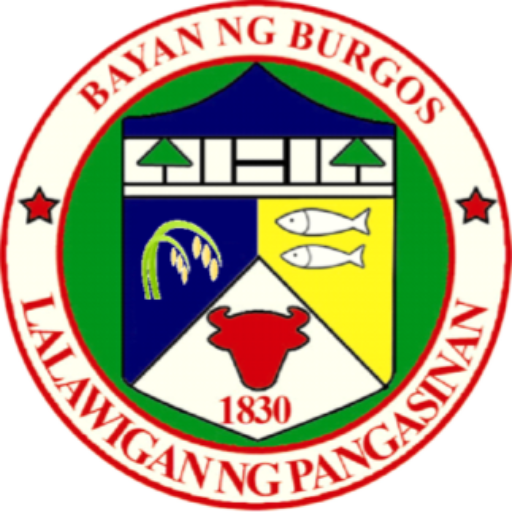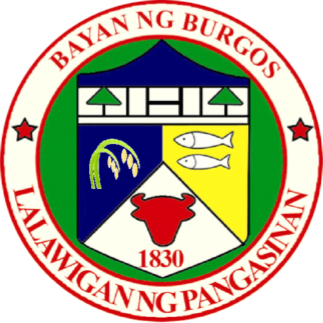Naming the place became an arduous task in what is now known as the Municipality of Burgos, Pangasinan. The final name given to the municipality was borne out of the need to achieve efficiency on certain government administrative services as well as the need to avoid confusion with towns and municipalities with similar sounding names. The town was first named “San Isidro” in honor of its patron saint. However, since there was another town named San Isidro located along the coastline of Lingayen Gulf, the residents decided to add “potot” to the town’s name to prevent confusion when mails and other communications are sent. The extra name was added because of the Amborayan stream which traverses the municipality appears to be cut or in Ilocano “potot”. Even with this addition in the town’s name, the confusion still continued as mails meant for San Isidro Potot were sent wrongly to San Isidro de Labrador and those of the latter were wrongly sent to the former.
To solve the people and the local government’s confusion, the name of the town was finally changed to Burgos after the famous Filipino martyr-priest who was executed by the Spanish colonizers in 1872 thru the very painful “garrote” (strangulation). The renaming of the town was implemented in 1913.
The early settlers of Burgos, Pangasinan were migrants from Paoay, Ilocos Norte who were led by Don Matias Guiang. Using boats, they first landed at the nearby area into what is now known as the Municipality of Agno, they then proceeded up the river and settled in the wide plateau covered with virgin forest which was traversed by a stream now called “Amborayan”. The Amborayan is very different from other streams because its waters flow to a precipice about a hundred meters deep so that it looks to be a broken stream. No one could go down the stream until its junction at the big river. Because of the precipice, it was popularly called a “potot” stream. Soon, the settlement grew and became thickly populated. In 1830, the people led by Don Matias Guiang petitioned the Governor of Zambales which was at that time has jurisdiction over the area, for the elevation of the settlement into a pueblo or town. The request was granted and Don Matias Guiang was appointed as the first Gobernadorcilloor Governor of the town.
During the Spanish regime, the town was under the jurisdiction of the Province of Zambales especially when it was elevated to a formal town from its former status as a settlement. In November 30, 1903 by virtue of Act 2390 of the Philippine Commission, the now Municipality of Burgos including eight (8) other neighboring towns were separated from Zambales and ceded to the Province of Pangasinan. In 1921, Barangay Poblacion was made as the seat of the local government of Burgos.

